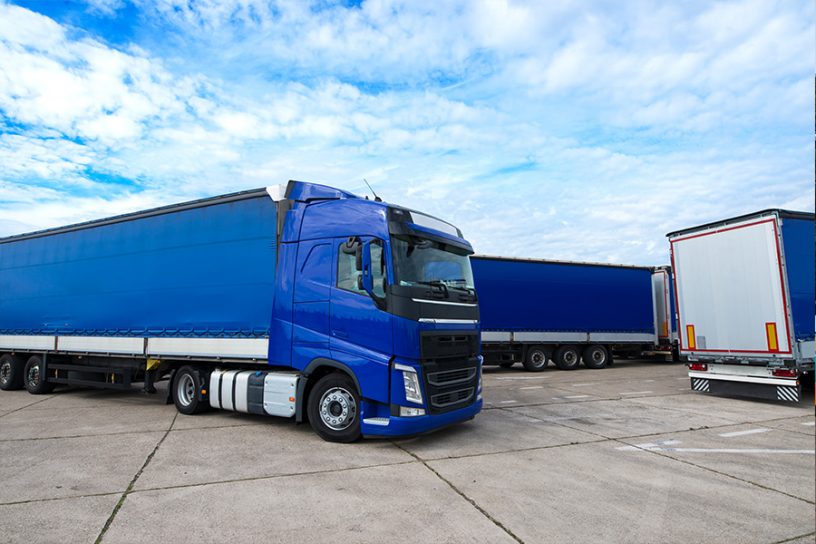
The results highlight the comparative significance of urban freight regulations for the respective supply chains in developing country like India.
Authors
Chitresh Kumar, Associate Professor, Jindal Global Business School, O.P. Jindal global University, Sonipat, Haryana, India.
Tas Vijayaraghavan, XLRI Xavier School of Management, Jamshedpur, Jharkhand, India
Abhishek Chakraborty, XLRI Xavier School of Management, Jamshedpur, Jharkhand, India.
Russell G. Thompson, University of Melbourne, Melbourne, Victoria 3010, Australia
Summary
The paper discusses a multi-criteria decision-making model to identify costs due to time-windows based vehicle entry restrictions as percentage of product retail price. The study was done for two Indian supply chains in carbonated beverage, and fashion and clothing product categories from retailer’s, supplier’s and 3PL logistics player’s perspective.
Profit differential for scenarios when urban freight regulations were in place and when they were not in place were analysed for varied service levels of back orders and time-windows based entry restrictions.
We found that for various decision-making and cost bearing structures, profit differentials varied from -6.0% to 7.5% of the product retail prices.
The results highlight the comparative significance of urban freight regulations for the respective supply chains in developing country like India, and emphasise upon the need for changes in supply chain strategy to reduce costs due to urban freight regulations.
Published in: Transportation Research Procedia
To read the full article, please click here.


